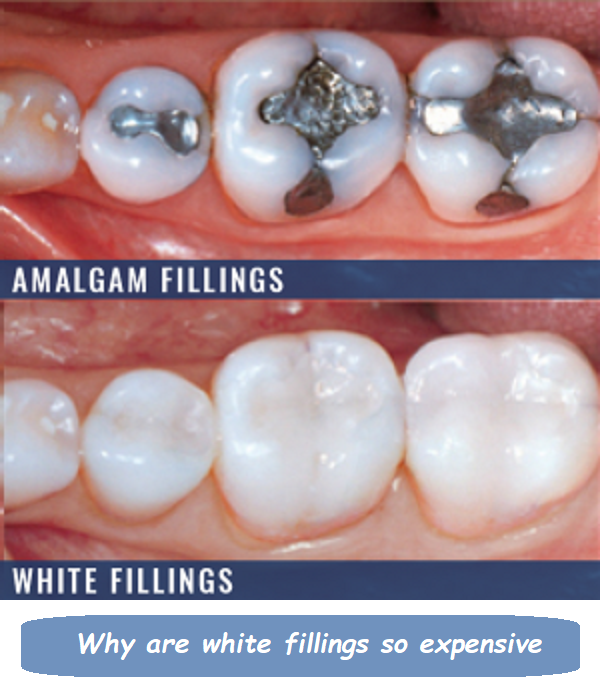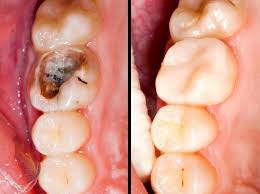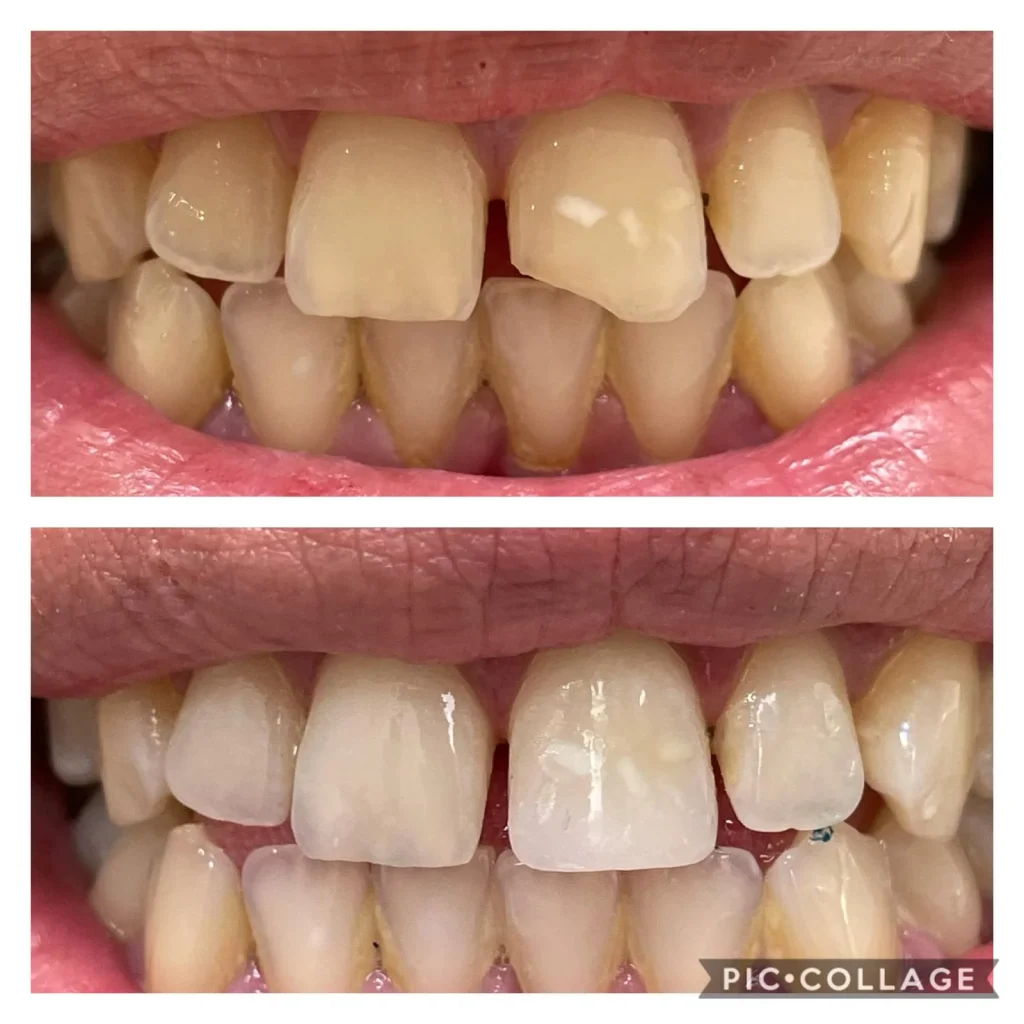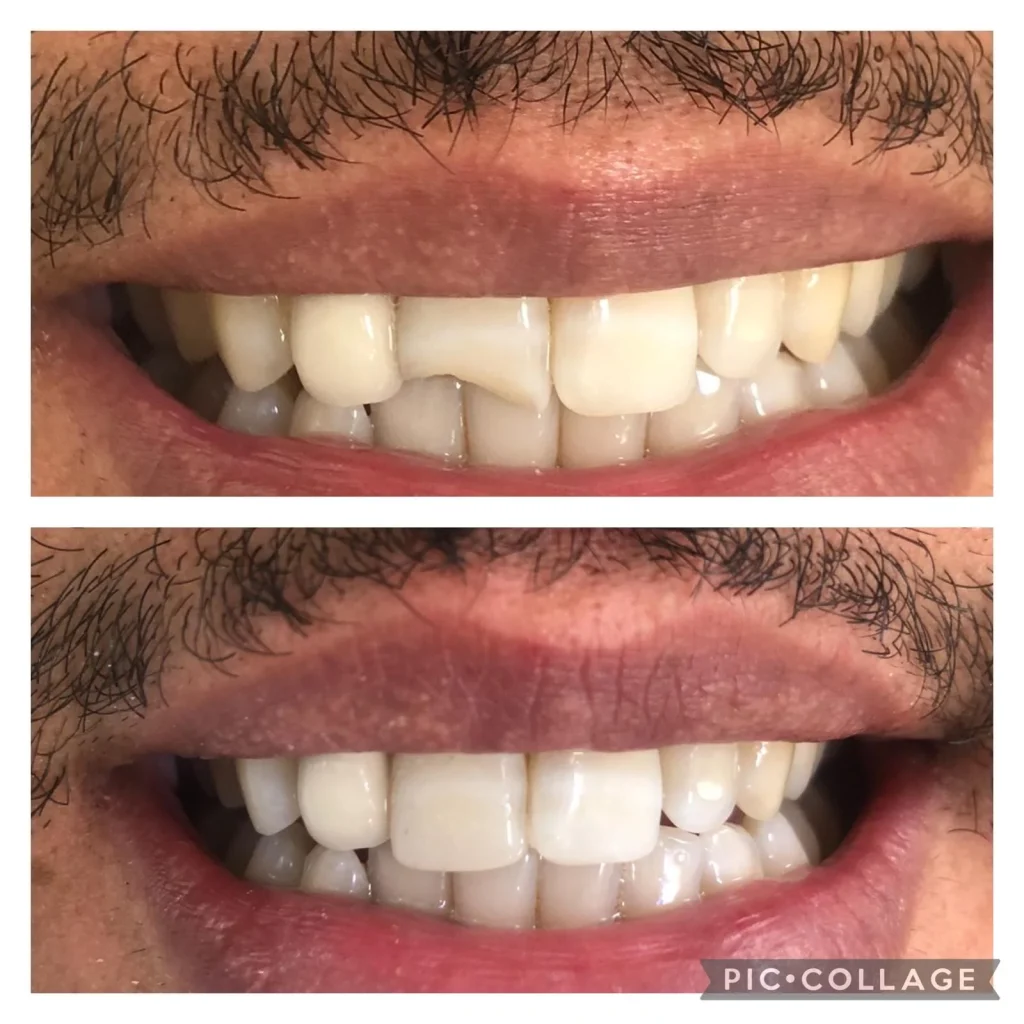Why are white fillings so expensive

Why Are White Fillings So Expensive? An In-Depth Exploration.
Dental care is essential for maintaining overall health, and fillings are a common treatment for cavities and tooth decay. However, many patients are surprised by the cost of white fillings, also known as composite fillings. This article delves into the reasons behind the higher cost of white fillings, comparing them to other types of fillings and exploring their benefits.
Understanding White Fillings
What Are White Fillings?
White fillings, or composite resin fillings, are made from a mixture of plastic and fine glass particles. These fillings are designed to match the natural color of your teeth, providing a more aesthetically pleasing result compared to traditional amalgam (metal) fillings.
Types of Dental Fillings
Before exploring why white fillings are expensive, it is important to understand the different types of dental fillings available:
- Amalgam Fillings: Made from a combination of metals, including silver, mercury, tin, and copper. These fillings are durable and often used for back teeth.
- Composite Fillings: Made from a resin material that matches the color of natural teeth, providing a more aesthetic result.
- Ceramic Fillings: Made from porcelain, these fillings are durable and also match the color of natural teeth.
- Gold Fillings: Made from gold alloy, these are very durable but also more expensive.
Reasons Why White Fillings Are Expensive
1. Material Costs
The materials used in white fillings are more expensive than those used in traditional amalgam fillings. Composite resin is a high-quality material designed to mimic the appearance and function of natural tooth enamel. The cost of these materials is one factor contributing to the higher price of white fillings.
2. Advanced Technology
The process of creating and placing white fillings involves advanced dental technology. Composite fillings require specialized equipment and materials for curing and bonding the resin to the tooth. This technology adds to the overall cost of the procedure.
3. Skill and Time
Placing a white filling is a more complex and time-consuming process compared to placing an amalgam filling. The dentist must carefully layer and shape the composite material, then cure it with a special light. This precision and attention to detail require more time and skill, which can increase the cost.
4. Aesthetic Benefits
White fillings offer significant aesthetic benefits, as they blend seamlessly with natural teeth. This cosmetic advantage often comes at a higher price. Patients are willing to pay more for fillings that are less noticeable and more visually appealing.
5. Durability and Longevity
While composite fillings are not as long-lasting as gold fillings, they are durable and can last many years with proper care. The improved durability of modern composite materials justifies the higher cost for many patients.
6. Biocompatibility
White fillings are biocompatible, meaning they are less likely to cause allergic reactions or adverse effects compared to amalgam fillings, which contain mercury. This biocompatibility adds to the overall value and cost of composite fillings.
Benefits of White Fillings
1. Aesthetics
One of the main reasons patients choose white fillings is for their aesthetic appeal. The composite material can be color-matched to your natural teeth, making the filling virtually invisible.
2. Preservation of Tooth Structure
Composite fillings bond directly to the tooth structure, allowing the dentist to preserve more of the natural tooth. This conservative approach helps maintain the strength and integrity of the tooth.
3. Versatility
Composite fillings can be used to repair chipped, broken, or worn teeth in addition to filling cavities. This versatility makes them a popular choice for a variety of dental restorations.
4. Reduced Sensitivity
Patients with composite fillings often experience less sensitivity to hot and cold compared to those with amalgam fillings. This is because composite materials do not conduct temperature changes as readily as metal.
5. Mercury-Free
White fillings do not contain mercury, which is a component of amalgam fillings. Some patients prefer composite fillings to avoid potential health concerns associated with mercury exposure.
Comparing Costs of Different Fillings
Amalgam Fillings
- Cost: Generally less expensive than composite fillings.
- Aesthetics: Noticeable due to their silver color.
- Durability: Long-lasting, particularly for back teeth.
Composite Fillings
- Cost: More expensive due to material and labor costs.
- Aesthetics: Blend with natural teeth for a seamless look.
- Durability: Durable but may not last as long as amalgam fillings.
Ceramic Fillings
- Cost: Among the most expensive due to material and lab costs.
- Aesthetics: Excellent aesthetic match with natural teeth.
- Durability: Highly durable and resistant to staining.
Gold Fillings
- Cost: Most expensive due to the cost of gold.
- Aesthetics: Not natural-looking but chosen for their durability.
- Durability: Extremely long-lasting and durable.
Tips for Managing the Cost of White Fillings
1. Dental Insurance
Check with your dental insurance provider to see if they cover composite fillings. Some plans may cover the cost, especially for front teeth, while others may only cover the cost of amalgam fillings, with the patient responsible for the difference.
2. Payment Plans
Many dental offices offer payment plans or financing options to help manage the cost of more expensive procedures. Speak with your dentist’s office about available options.
3. Preventive Care
Maintaining good oral hygiene and regular dental check-ups can help prevent cavities and the need for fillings. Investing in preventive care can save money in the long run.
4. Ask for a Breakdown
Request a detailed breakdown of the costs associated with white fillings. Understanding the specific charges can help you budget and plan for the procedure.
5. Consider Alternatives
Discuss all available filling options with your dentist, including the pros and cons of each type. Depending on your specific needs and budget, an alternative filling material may be a viable option.
Conclusion
White fillings are more expensive than traditional amalgam fillings for several reasons, including the cost of materials, advanced technology, the skill and time required for placement, and their aesthetic benefits. Despite the higher cost, many patients choose white fillings for their natural appearance, preservation of tooth structure, and other advantages.
By understanding the reasons behind the cost and exploring ways to manage it, you can make an informed decision about your dental care. Whether you opt for white fillings or another type of dental restoration, maintaining good oral hygiene and regular dental visits are key to ensuring a healthy and beautiful smile.









